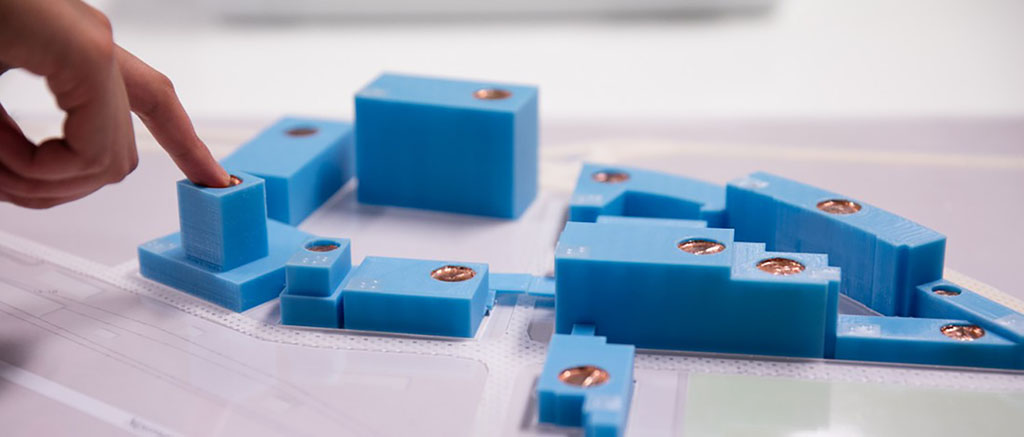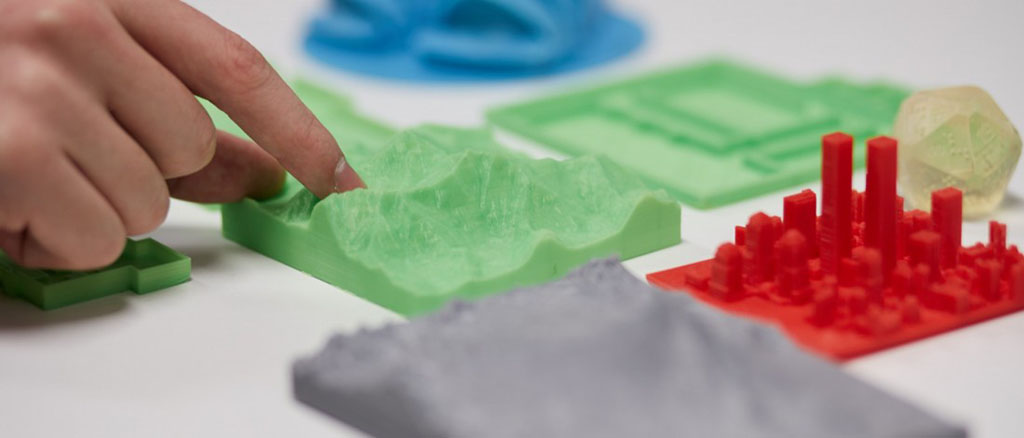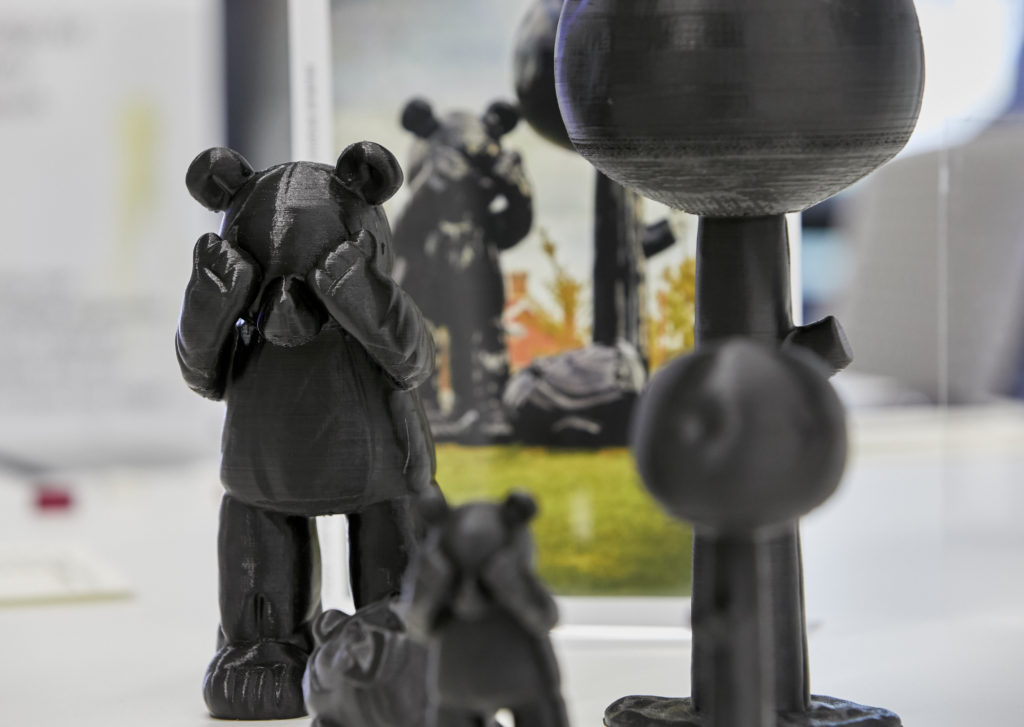Information graphics–diagrams, plans, maps, plots and charts–are widespread in written communication. The ability to comprehend, use and create these graphics is an important skill that most of us take for granted. However, for those who are blind or have low vision, access to such graphics is severely limited, restricting effective participation in the workplace, limiting educational opportunities, especially in art and design, mathematics, and science and technology, and constraining enjoyment of popular media including the web.
Projects I am involved in seek to:
- Understand the current landscape of provision of accessible graphics
- Investigate and prototype technology-based solutions for the development and provision of accessible graphics
- Develop processes and supporting materials for sharing this work with the wider community
Below are details of a number of the sub-projects that are underway.
Using 3D Printing to Improve Access to Graphics by Vision Impaired People (ARC Linkage)

Interactive Caulfield Campus Map
How can 3D printing, combined with low-cost computing and electronics, help the vision impaired see the world? This project investigates how 3D printing can support access to graphical information, and also be augmented with basic electronics to create multi-sensory accessible materials.
Aiding mobility is crucial for people with vision-impairments. Mobility is often supported by guides who will help familiarise them with an environment, or by the presence of assistance such as a guide dog. Unfortunately, the provision of accessible maps to support this is limited at best.
With the growing adoption of 3D printing and increased access to printers, 3D printing has become a viable option for use in the creation of accessible graphics. Reasonably static graphics, such as maps, prove to be ideal candidates for the use of 3D printing in the development of accessible graphics. When used with maps, 3D printing can help build mental models of the layout of a space. Maps, however, often contain much more information than can be easily conveyed by the 3D print itself. Braille labels for example require such considerable space for ease of reading that they are not able to convey much information. 3D prints also may not be able to easily convey information about the insides of buildings.

3D printed education materials
This project is also looking at the broader use of 3D printing for conveying all different types of graphical information, not just maps. This includes graphs and charts, tables, coordinate-based diagrams, 2D representations of 3D objects, and many others. We are investigating how 3D printing can be used to create more meaningful accessible versions for all vision-impaired persons, from children to adults.
One major research question being tackled is how more abstract representations of objects, such as flat 2D representations of 3D objects, can be taught to someone with a vision impairment. For example, top down views such as floor plans, side-on views of buildings and other everyday objects, and other such representations, often do not translate meaningfully with “traditional” tactile diagramming techniques. We are examining how 3D printed representations can begin to bridge this gap, either as replacements or as a stepping stone in the learning process of being able to use tactile versions of these abstract representations.
Outcomes from this project will not only aid in the development and wider distribution of accessible maps, but may also be incorporated into the creation of accessible versions of other types of important graphics.
Inclusive Gallery Experiences: Creating an Accessible Bendigo Art Gallery for Blind and Low Vision Visitors (Helen Macpherson Smith Trust)
This project explores the innovative use of emerging low cost technologies such as digital scanning, 3D printing, laser cutting, and haptic tablet applications to enhance the experience of blind and low vision patrons visiting the Bendigo Art Gallery.

Accessible version of “Happy Ending?” by Michael Doolan
Bendigo Art Gallery is one of the oldest and largest regional galleries in Australia, established in 1887. Bendigo Art Gallery’s collection is extensive, with an emphasis on 19th century European art and Australian art from the 1800’s, alongside a strong collection of contemporary Australian art. Over the last decade, Bendigo Art Gallery has cemented its reputation for presenting innovative international exhibitions alongside a dynamic and varied suite of public programs and events. Improving the experience of patrons with a disability is an important objective for the gallery.
In this project, we are trialling production of accessible materials for people who are blind or vision impaired to gain an understanding of key artworks in the gallery’s permanent collection. Many of the materials produced may also be suitable for activities with other member of the public, particularly children, the elderly and those with other disabilities.
A key outcome of the work will be the development of evidence-based best practice guidelines for the provision of inclusive gallery experiences. Developed in conjunction with the gallery and stakeholders, these guidelines will be shared across the broader arts sector.
Accessible Data Exploration and Analysis for Blind People (ARC Discovery)
This project is commencing in 2022, with the aims to develop new assistive technologies that will enable blind people to explore and analyse data more readily. The project expects to generate new knowledge in the fields of assistive technology, multimodal interfaces, dialogue systems and natural language understanding and generation. The expected outcome of the project is an innovative conversational agent that uses a mix of speech and tactile graphics to communicate with a blind user and proactively assists with data analysis tasks. This should provide significant benefits, as it will overcome barriers to data analysis and exploration by blind people that currently restrict access to government, health and personal data, and limit employment opportunities.
